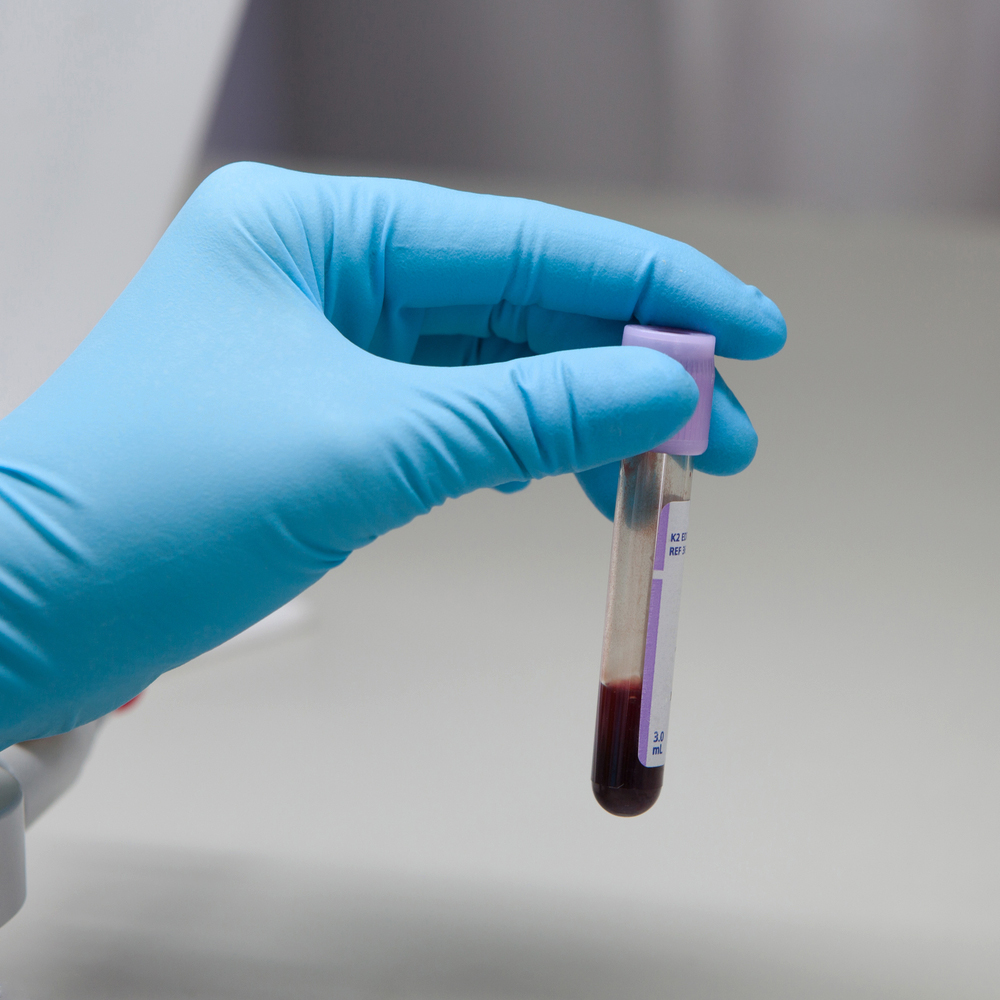Underfilling Tubes:
How It Cheats Patients.
 If you send underfilled tubes to the laboratory, you may be cheating them of accurate test results and misleading their physicians. As a result, they could be over-medicated, under-medicated, misdiagnosed, or generally mismanaged. Don't fall into the thought-trap that as long as there's some blood in the tube, the lab can get a result out of it. That may be true, but it's probably not an accurate result. It may not even be close.
If you send underfilled tubes to the laboratory, you may be cheating them of accurate test results and misleading their physicians. As a result, they could be over-medicated, under-medicated, misdiagnosed, or generally mismanaged. Don't fall into the thought-trap that as long as there's some blood in the tube, the lab can get a result out of it. That may be true, but it's probably not an accurate result. It may not even be close.
For example, when heparin tubes are underfilled, the accurate results of many critical analytes are at risk. According to a study published in Clinical Laboratory, when the concentration of lithium heparin is three times what it is when the tube is properly filled, the following analytes exhibit changes when compared with results obtained from serum: ALT, AST, amylase, lipase, and potassium. If a half-filled tube doubles the heparin concentration, it stands to reason that filling it less than 50 percent will approach a concentration three times the optimal strength. Excess heparin is also reported to cause falsely lower sodium, CK and GGT levels. The authors conclude that all anticoagulant tubes should be filled to prevent erroneous results.
Underfilling blood culture bottles also cheats the patient out of an accurate result. The optimum volume for adult patients is 20cc of blood evenly distributed between two bottles, not to exceed 10ml each. Collecting 1cc of blood for every year of life is the recommended blood culture volume for pediatrics.
Organisms that cause septicemia can be in concentrations as low as one organism per milliliter of blood. Therefore, when blood culture specimens are short-sampled, the bacteria causing complications in the patient may take longer to detect, delaying antibiotic therapy and leading to complications including death. There is also the chance that the causative organism will not be detected at all in underfilled blood culture bottles.
Therefore, the more blood that is collected for a blood culture, the better the chances are of harvesting the causative organism of bacteremia. If a collection yields less than 20cc of blood on an adult patient, evacuate up to the maximum recommended volume into the aerobic vial instead of dividing lesser amounts between two vials. (98% of all septicemias are a result of aerobic organisms or facultative anaerobes, i.e., anaerobic organisms that can tolerate aerobic environments.)
Not all draws go as planned. It has been reported that 16% of all unacceptable specimens are underfilled.1 When posed with draws that yield less than the optimum volume of blood, healthcare personnel with specimen collection responsibilities can maintain the integrity of the specimen and the subsequent results by always having a supply of lesser volume tubes available. Preparing for lesser volumes helps to assure your patients that they will not be cheated by underfilled tubes, but diagnosed, treated and medicated according to accurate results. It also prevents you from having to redraw patients whose veins have already proven to be difficult. When posed with the options of either submitting underfilled tubes for testing or having to redraw your patient, a well stocked tray with smaller volume tubes may save you from the dilemma. Your mother and your phlebotomy instructor will be proud.
Note: for an attractively designed PDF of this article for posting in your facility, visit our Free Stuff page.











